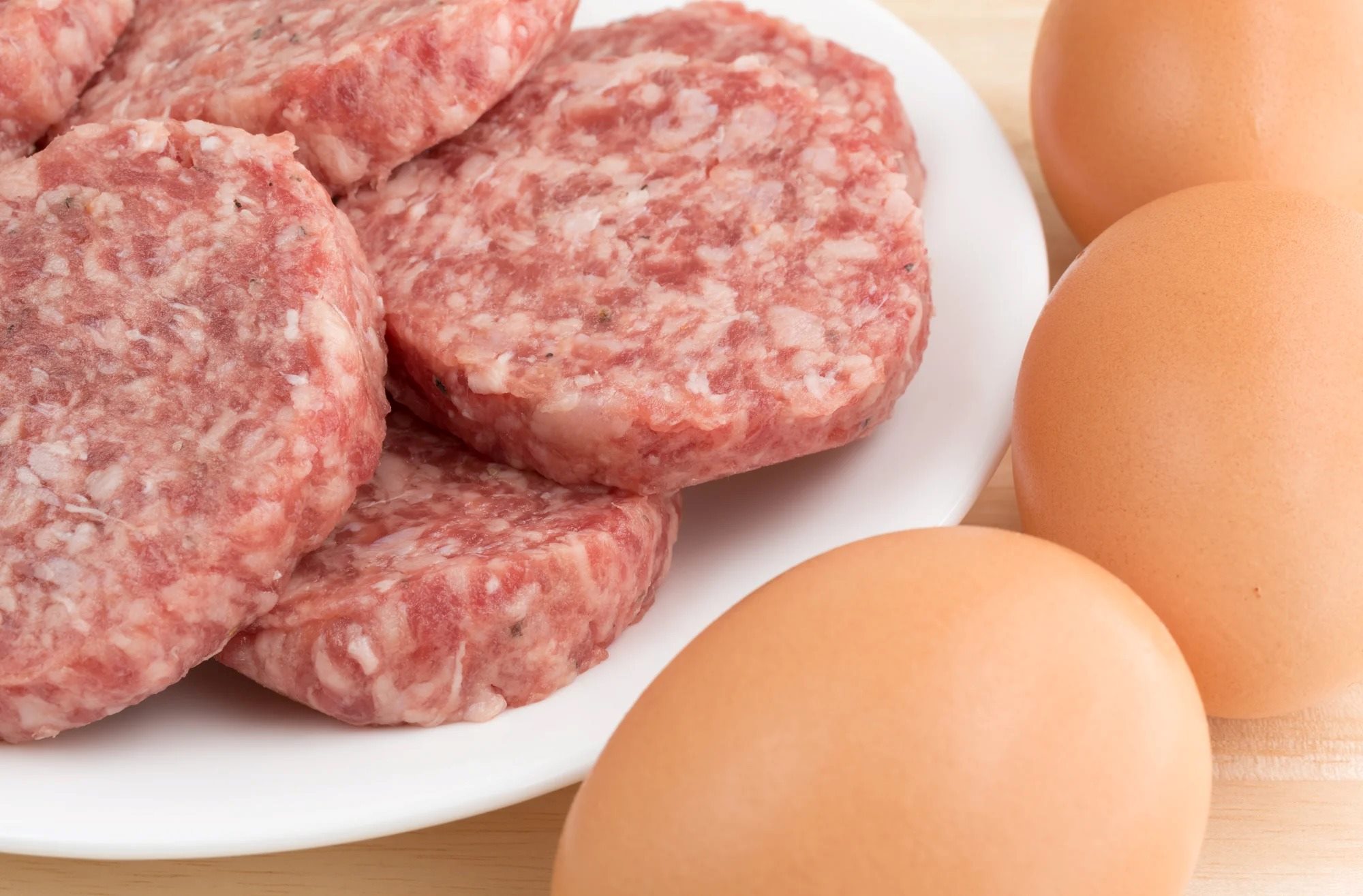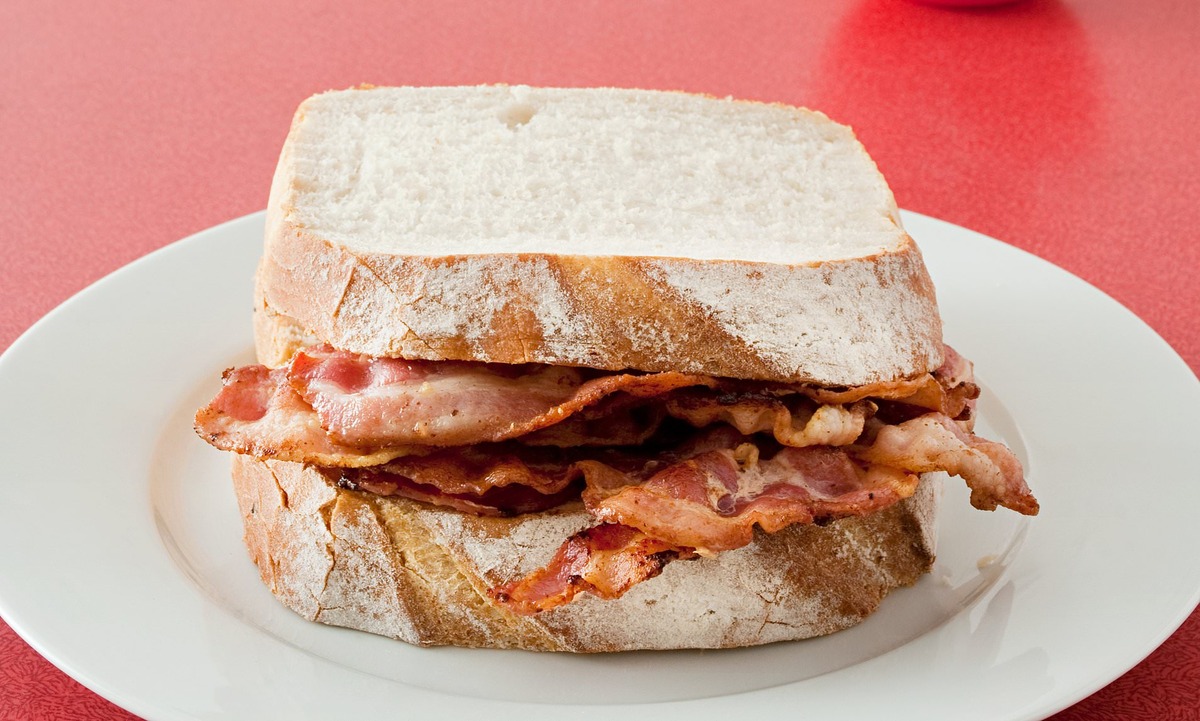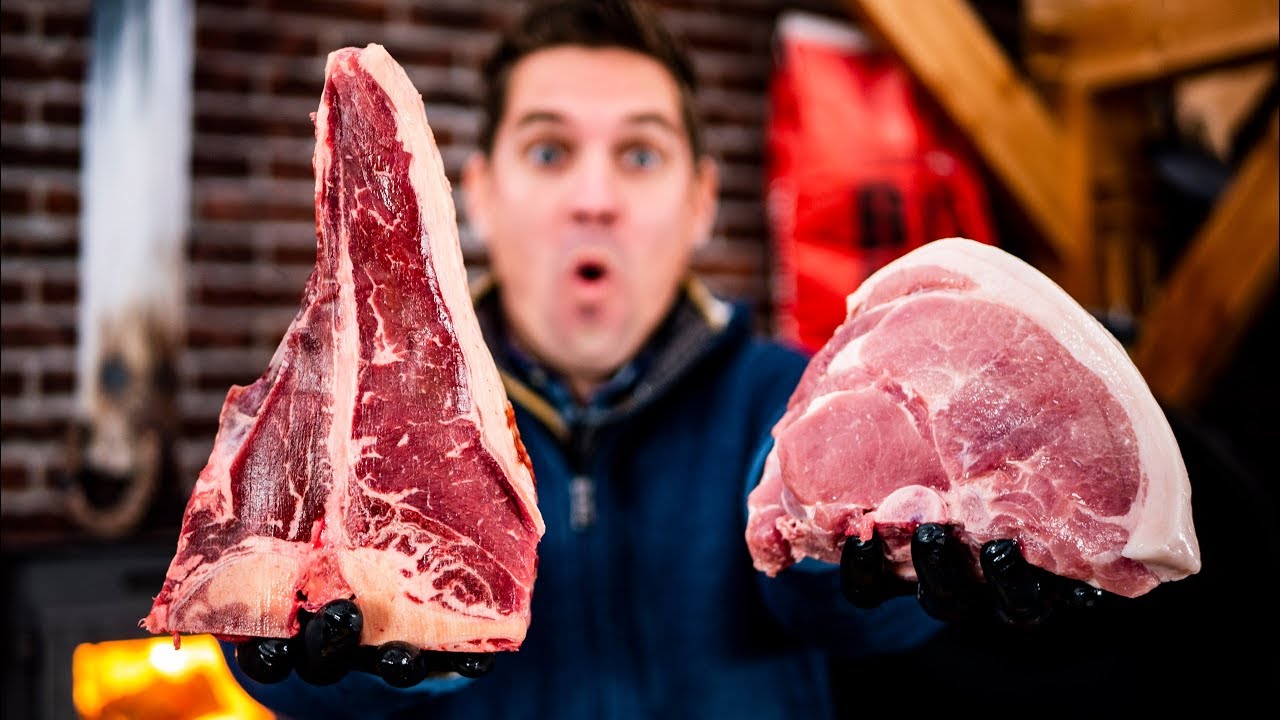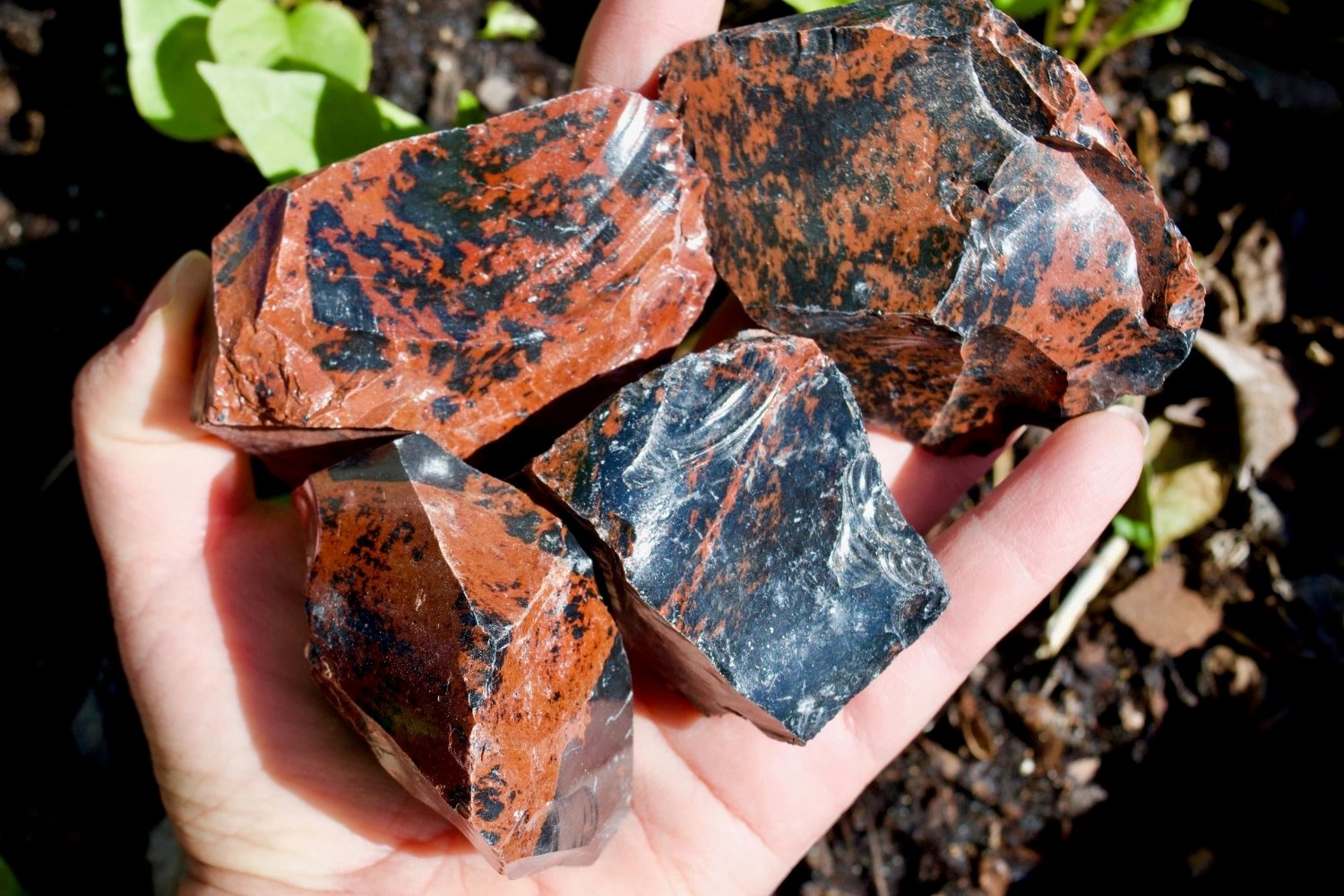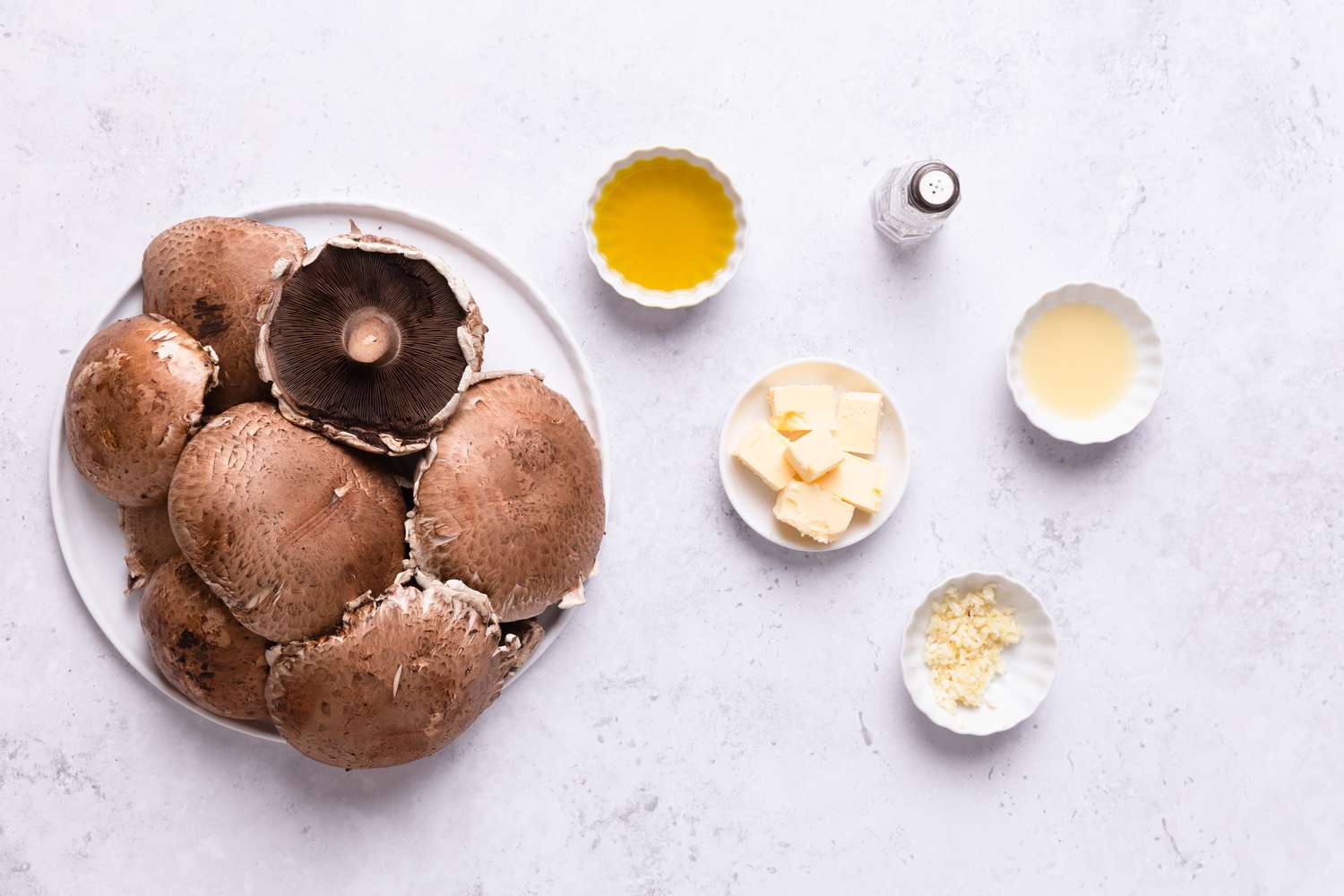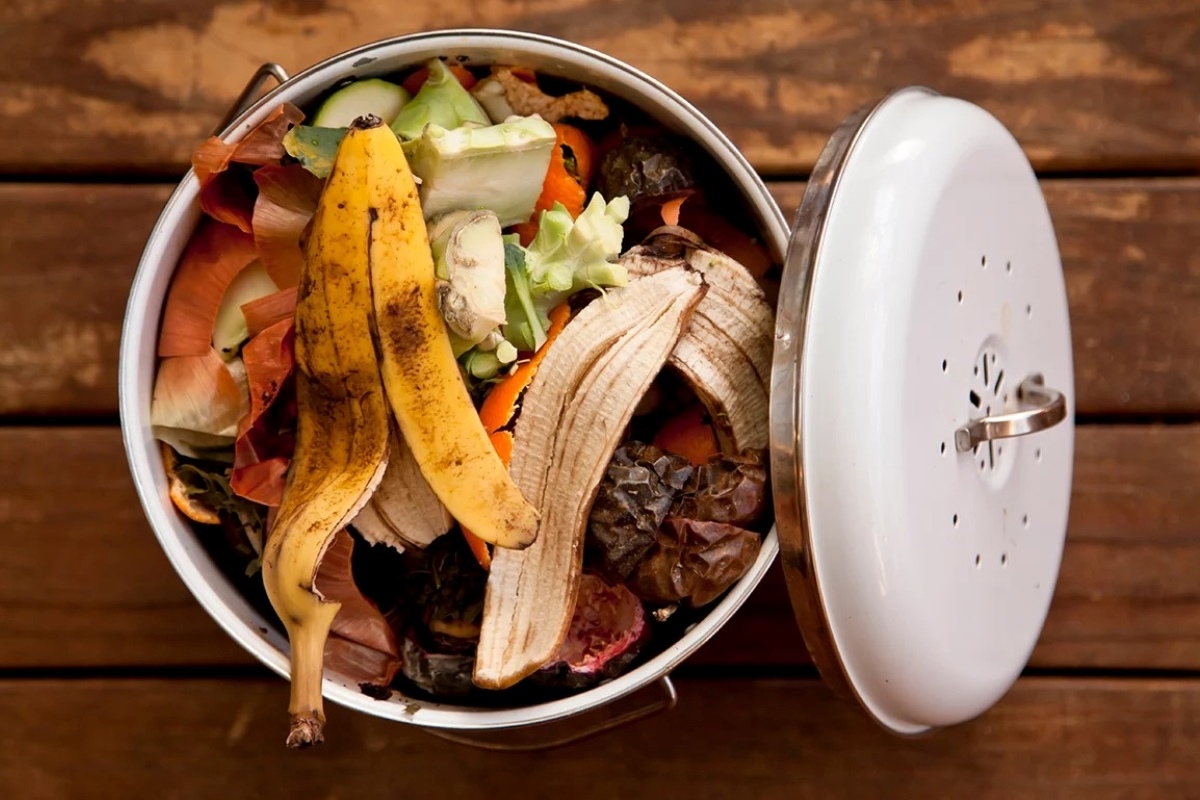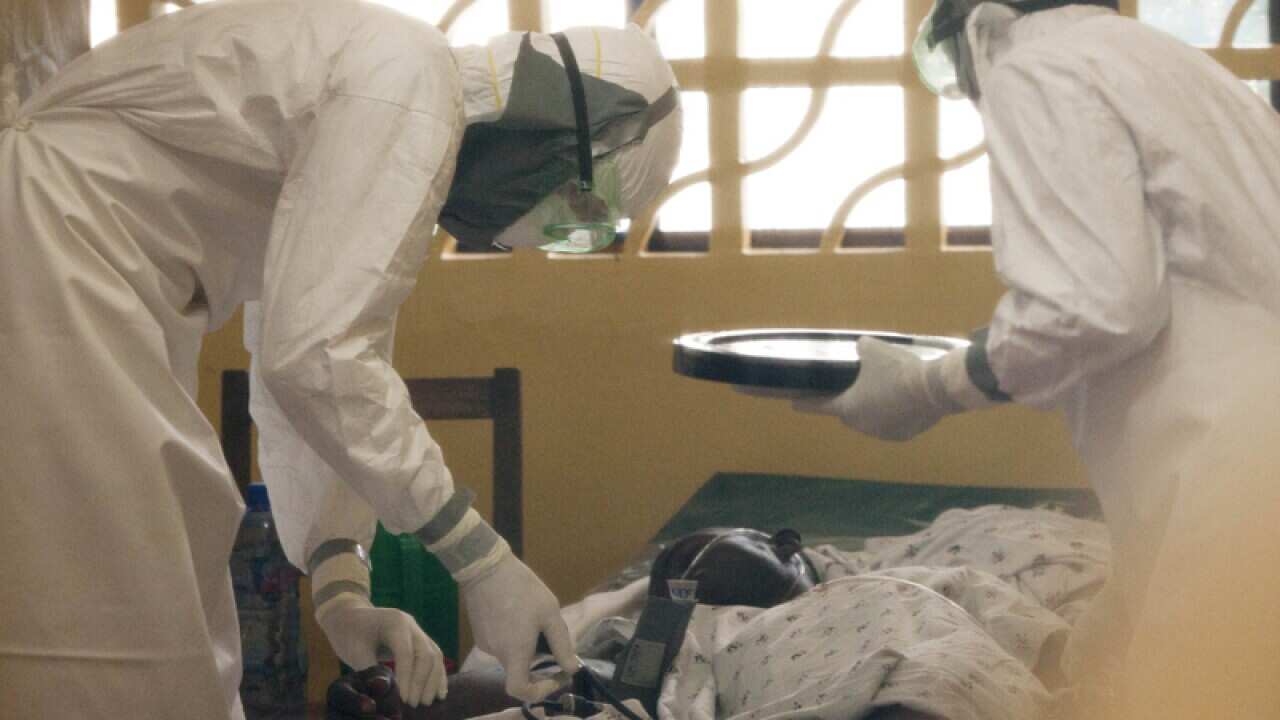Home>Food and Cooking>Shocking Transformation: The Truth About Gray Pork Meat!


Food and Cooking
Shocking Transformation: The Truth About Gray Pork Meat!
Published: January 12, 2024
Discover the shocking truth about gray pork meat and its impact on food and cooking. Uncover the transformation that will change the way you prepare meals!
(Many of the links in this article redirect to a specific reviewed product. Your purchase of these products through affiliate links helps to generate commission for Noodls.com, at no extra cost. Learn more)
Table of Contents
Introduction
Pork, a versatile and flavorful meat, has been a staple in the diets of many cultures for centuries. Whether it's succulent pork chops, sizzling bacon, or tender pork tenderloin, this protein source has found its way onto countless dinner tables around the world. However, there's a lesser-known aspect of pork that has been the subject of concern and confusion among consumers: the phenomenon of gray pork meat.
The sight of gray pork meat can be unsettling for anyone preparing a meal, prompting questions about its safety and edibility. It's not uncommon for individuals to encounter pork that has turned gray after being stored in the refrigerator or freezer. This unexpected transformation can be alarming, leaving many to wonder whether the meat is still safe to consume.
In this article, we will delve into the mysterious world of gray pork meat, exploring the factors that contribute to its discoloration, addressing the crucial question of its safety, and offering practical tips to prevent this unsettling occurrence. By shedding light on this perplexing issue, we aim to empower readers with the knowledge they need to make informed decisions when handling and preparing pork. So, let's embark on a journey to unravel the truth about gray pork meat and equip ourselves with the tools to ensure that our pork dishes are not only delicious but also safe to enjoy.
What Causes Gray Pork Meat?
The appearance of gray pork meat can be attributed to a natural process known as oxidation. When the surface of pork is exposed to air, a series of chemical reactions occur, leading to the formation of metmyoglobin, a pigment that gives the meat a grayish hue. This reaction is accelerated by factors such as prolonged storage, inadequate packaging, and temperature fluctuations, all of which contribute to the discoloration of the meat.
Furthermore, the presence of myoglobin, a protein responsible for the red color of fresh pork, plays a pivotal role in the transformation of meat color. When myoglobin interacts with oxygen, it undergoes a chemical change, resulting in the formation of metmyoglobin. This process is influenced by various external factors, including light exposure, temperature, and the duration of storage, all of which can hasten the development of gray pork meat.
In addition to oxidation, improper handling and storage practices can exacerbate the discoloration of pork. For instance, storing pork in packaging that allows air to seep in or failing to wrap it securely can expedite the oxidation process, leading to the unappealing gray appearance. Moreover, fluctuations in temperature, such as repeated thawing and refreezing, can contribute to the formation of metmyoglobin, further intensifying the grayish discoloration of the meat.
It is important to note that while the sight of gray pork meat may raise concerns, it does not necessarily indicate spoilage or pose a health risk. Rather, it is a natural occurrence driven by chemical reactions and external influences. Understanding the underlying causes of this phenomenon can dispel misconceptions and alleviate apprehensions about the safety and quality of pork.
By gaining insight into the factors that contribute to the graying of pork meat, individuals can take proactive measures to minimize its occurrence and ensure that their pork remains visually appealing and appetizing. With a deeper understanding of the mechanisms behind this transformation, we can navigate the realm of pork preparation with confidence and knowledge, ultimately enhancing our culinary experiences.
Is Gray Pork Meat Safe to Eat?
The sight of gray pork meat may trigger concerns about its safety and suitability for consumption. However, it's important to dispel the misconception that gray pork meat is inherently unsafe or spoiled. In reality, the discoloration of pork is primarily a visual change and does not necessarily indicate that the meat has become unfit for consumption.
When pork turns gray, it is often a result of the oxidation process, as discussed earlier. This natural occurrence can cause the meat to lose its vibrant pink or red hue, leading to a grayish appearance. Despite the change in color, the pork may still be perfectly safe to eat.
It's crucial to differentiate between changes in meat color and signs of spoilage. Spoiled pork typically exhibits noticeable indicators such as a putrid odor, slimy texture, or the presence of mold. These are clear indications that the meat has undergone spoilage and should be discarded. However, the mere presence of a grayish tint does not automatically render the pork inedible.
In fact, many instances of gray pork meat are simply a result of exposure to oxygen and do not signify any compromise in the meat's safety or quality. As long as the pork has been stored properly, maintained at the appropriate temperature, and does not exhibit any other signs of spoilage, it can still be deemed safe for consumption.
Nevertheless, it's important to exercise caution and use discretion when evaluating the suitability of gray pork meat for consumption. If there are any doubts about the pork's condition, it is advisable to rely on additional sensory cues, such as smell and texture, to assess its freshness. When in doubt, it's always best to err on the side of caution and discard pork that raises concerns about its safety.
Additionally, cooking pork to the recommended internal temperature can further mitigate any potential risks associated with consuming meat that has undergone color changes. Proper cooking not only ensures the elimination of harmful bacteria but also enhances the overall safety of the pork dish.
In essence, while the sight of gray pork meat may raise apprehensions, it is important to approach the issue with a balanced perspective. Understanding that the discoloration is often a benign occurrence can alleviate unnecessary worries and enable individuals to make informed decisions about the safety of their pork products.
By being mindful of proper storage practices, employing sensory evaluation, and adhering to recommended cooking guidelines, individuals can confidently navigate the realm of gray pork meat and enjoy delicious pork dishes without compromising on safety or quality.
How to Prevent Gray Pork Meat
Preventing the discoloration of pork meat is not only achievable but also essential for maintaining the visual appeal and quality of this beloved protein. By implementing proactive measures and adhering to best practices in handling and storing pork, individuals can significantly reduce the likelihood of encountering gray pork meat. Here are some effective strategies to prevent the unsightly transformation of pork:
-
Proper Packaging: When storing pork, it is crucial to utilize appropriate packaging that minimizes exposure to air. Vacuum-sealed bags or airtight containers can create a protective barrier, reducing the risk of oxidation and the subsequent development of metmyoglobin. By sealing pork securely, individuals can safeguard its natural color and preserve its visual appeal.
-
Optimal Storage Conditions: Maintaining the right storage conditions is paramount in preventing the discoloration of pork. Refrigerators and freezers should be set to the recommended temperatures to inhibit the oxidation process. Additionally, minimizing temperature fluctuations, especially in the case of frozen pork, can help preserve the meat's original color. Consistent and controlled storage conditions play a pivotal role in preserving the freshness and appearance of pork.
-
Prompt Consumption or Freezing: To minimize the likelihood of pork turning gray, it is advisable to consume fresh pork within a reasonable timeframe or freeze it promptly. Extended storage periods can heighten the risk of oxidation, leading to undesirable color changes. By adhering to recommended consumption timelines and promptly freezing any unused pork, individuals can maintain the meat's visual appeal and quality.
-
Quality Sourcing: Opting for high-quality pork from reputable sources can contribute to the prevention of gray meat. Fresh, high-grade pork is less susceptible to rapid oxidation, thereby reducing the likelihood of discoloration. Choosing quality cuts from trusted suppliers can serve as a proactive measure in preserving the natural color and freshness of pork.
-
Mindful Handling: Careful and mindful handling of pork can also contribute to preventing the development of gray meat. Minimizing exposure to light and air during food preparation and storage can help mitigate the oxidation process. Additionally, avoiding repeated thawing and refreezing of pork can help maintain its original color and texture.
By integrating these preventive measures into their culinary practices, individuals can minimize the occurrence of gray pork meat and ensure that their pork dishes retain their appetizing appearance and quality. Through a combination of proper packaging, optimal storage conditions, timely consumption or freezing, quality sourcing, and mindful handling, the unsightly transformation of pork can be effectively mitigated, allowing individuals to savor the vibrant and delectable nature of this beloved protein.
Conclusion
In conclusion, the enigma of gray pork meat, once shrouded in uncertainty and apprehension, has been demystified. We have embarked on a journey to unravel the truth behind the discoloration of pork, gaining valuable insights into the underlying causes, safety considerations, and preventive measures. By delving into the world of pork oxidation and color changes, we have equipped ourselves with the knowledge and understanding needed to navigate this intriguing aspect of pork preparation.
It is evident that the sight of gray pork meat, while initially disconcerting, does not necessarily signify spoilage or pose a health risk. Rather, it is a natural occurrence driven by chemical reactions and external influences. Understanding the mechanisms behind this transformation has empowered us to discern between benign color changes and genuine signs of spoilage, enabling us to make informed decisions about the safety and quality of pork.
Moreover, by embracing proactive measures such as proper packaging, optimal storage conditions, prompt consumption or freezing, quality sourcing, and mindful handling, individuals can effectively mitigate the likelihood of encountering gray pork meat. These strategies not only preserve the visual appeal of pork but also contribute to maintaining its freshness and quality, enhancing the overall culinary experience.
As we bid adieu to the realm of gray pork meat, we carry with us a newfound sense of confidence and proficiency in handling and preparing pork. Armed with the knowledge gained from this exploration, we can embark on our culinary endeavors with assurance, knowing that we possess the tools to safeguard the quality and safety of our pork dishes.
In essence, the revelation of the truth about gray pork meat has not only dispelled misconceptions and uncertainties but has also instilled a sense of empowerment and proficiency. With this newfound understanding, we can embrace the art of pork preparation with confidence, ensuring that our pork dishes are not only visually appealing but also safe and delightful to savor.


